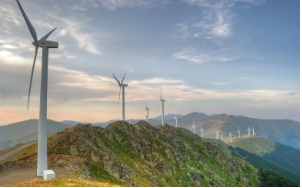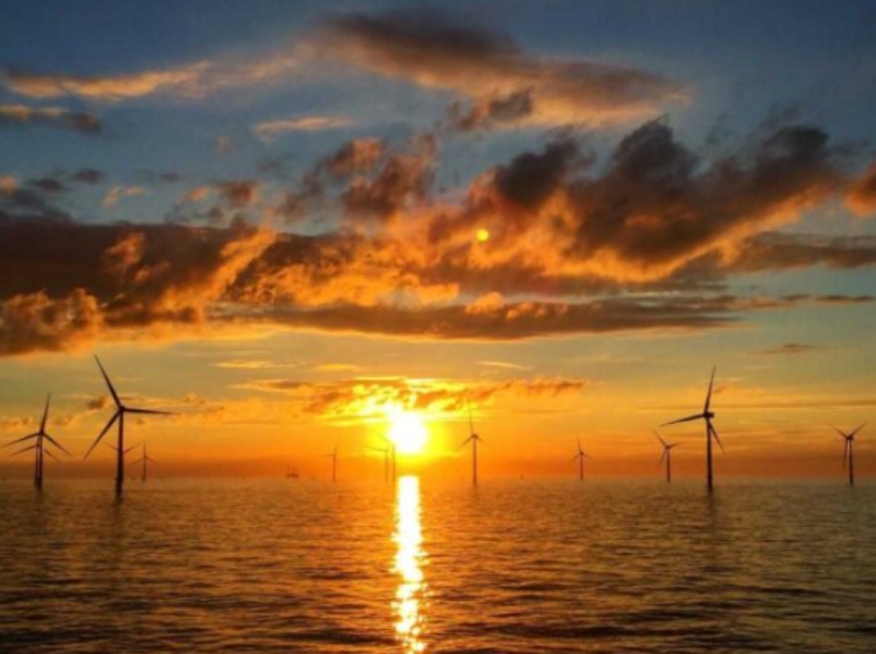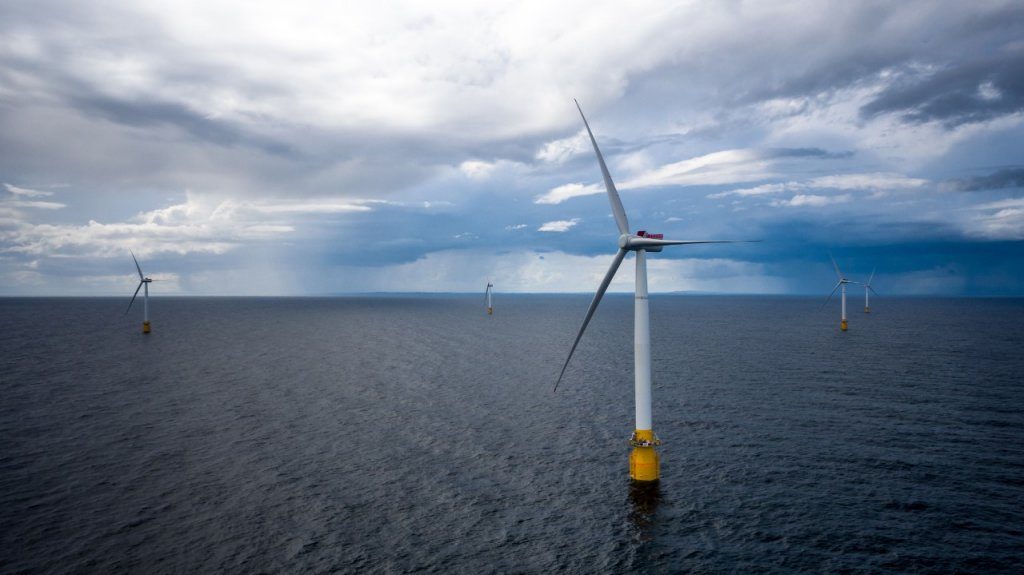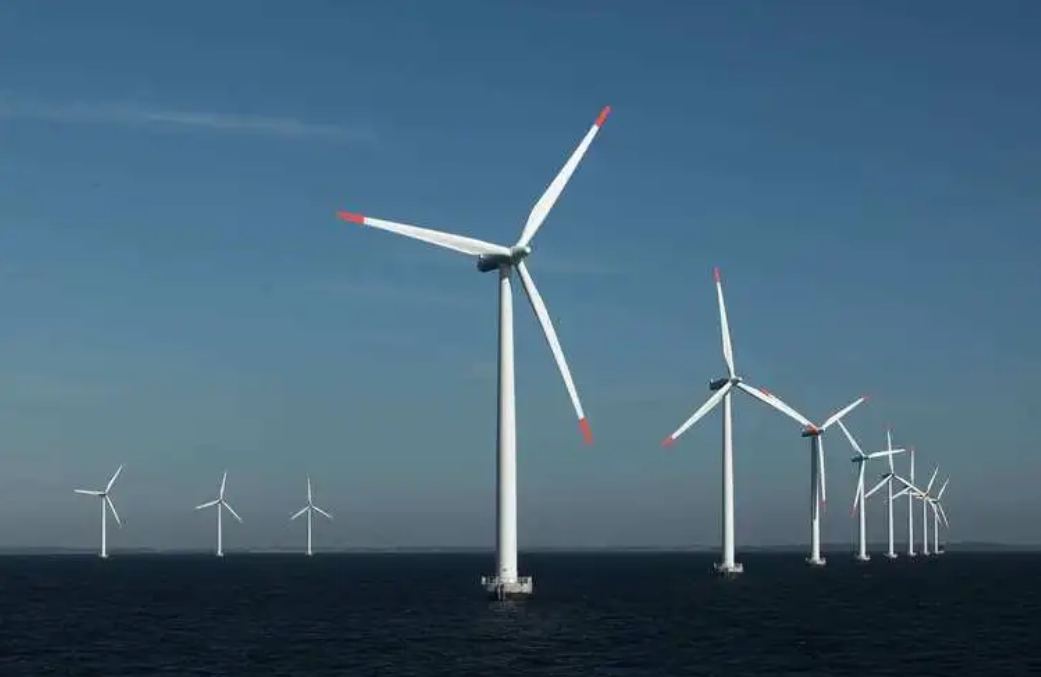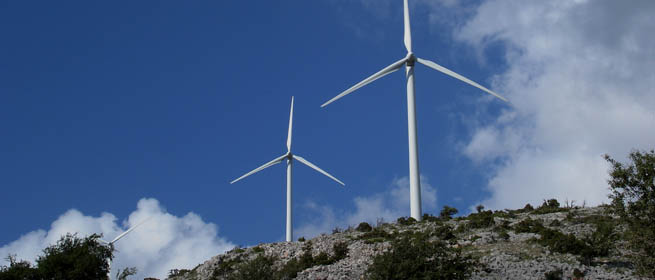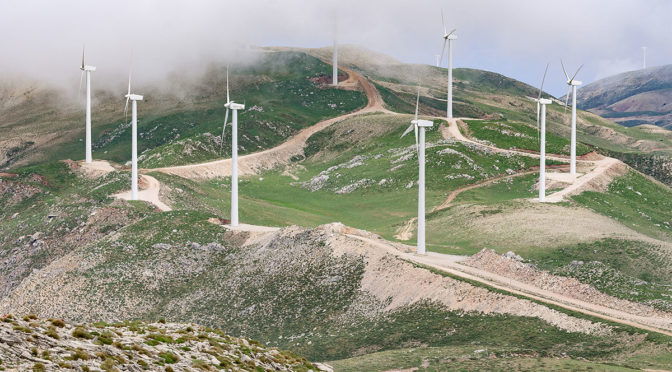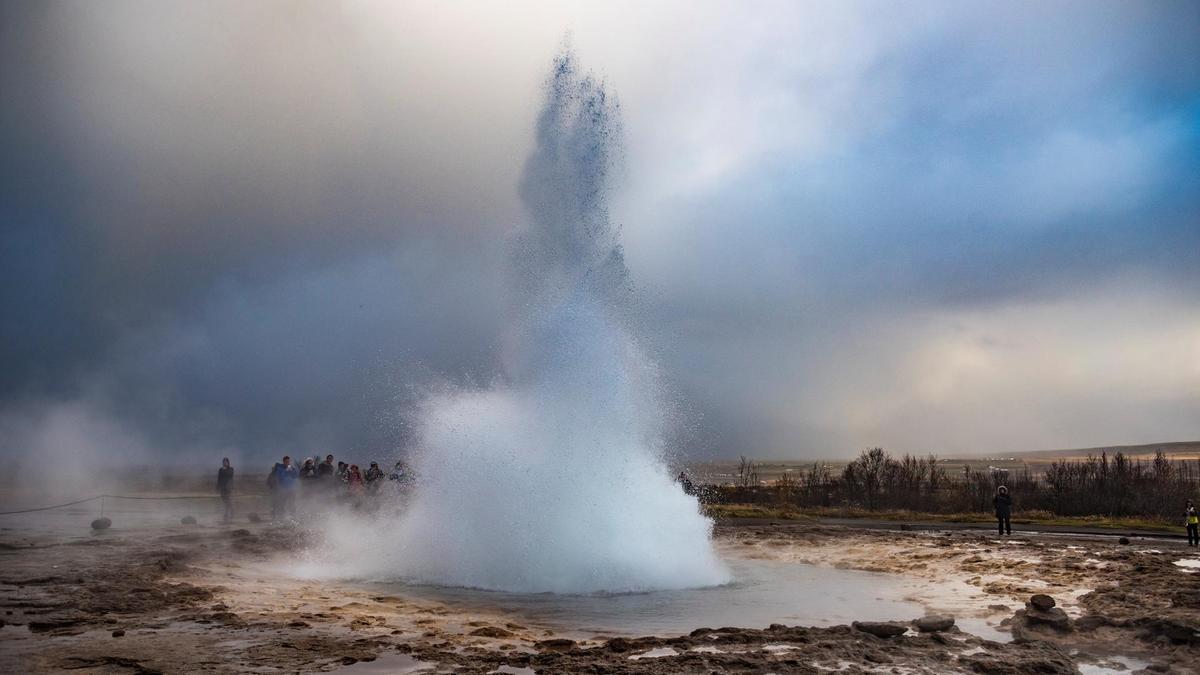 Geothermal energy refers to power generated from the natural heat of the earth's subsurface. Getty Images
Geothermal energy refers to power generated from the natural heat of the earth's subsurface. Getty Images Europe and Asia will lead the charge on geothermal capacity growth over the next eight years, with developing markets also expected to spearhead increased output despite high initial costs, a new report found.
The sector is expected to grow by an average of 2.6 per cent year-on-year to reach 17.4 gigawatts by 2028, according to a Global Geothermal Forecast report by Fitch Solutions, with Europe and Asia projected to account for approximately 78 per cent of the global total geothermal capacity additions.
Geothermal energy refers to power generated from the natural heat of the earth's subsurface. The clean form of energy, which is primarily found along tectonic plate boundaries, accounted for 3.2 per cent of total non-hydropower renewables capacity globally by the end of 2019.
The energy form is also garnering interest in oil-exporting countries such as Saudi Arabia, which is looking to add some geothermal and waste projects to its ambitious mix of renewable energy schemes.
The world's largest oil exporter is looking to tap energy from the sun and wind, as well as the earth's heat, as it looks to free up more barrels for export. The kingdom recently revised its renewable energy target to be achieved by 2024 to 27.3GW, from 9.5GW previously. Geothermal sources of energy are likely to be found in the kingdom's southern Jizan province, which borders Yemen.
At least six geothermal springs had already been identified in Saudi Arabia by a survey in 1980. So far, the kingdom, which has connected its first solar project to grid and begun work on a wind scheme, has yet to tender a geothermal energy project.
Globally, geothermal power capacity will increase by 23.2 per cent between 2019 and 2028, with deployment rising from 14GW to 17.4GW, according to Fitch Solutions.
By the end of the 10-year forecast period, geothermal energy will comprise 0.7 per cent of global installed non-hydro renewables capacity but account for 2.2 per cent of power generation in the sector.
Sub-Saharan Africa is expected to "outperform" in the geothermal capacity additions, noted the report, but opportunities will remain "limited" as markets such as Kenya will start from a relatively low base.
Potential for growth will be confined to East Africa's Great Rift Valley, with Kenya and Ethiopia at the forefront of development.
"The region's considerable geothermal power potential is attributable to its location along divergent tectonic plate boundaries which create faults in the earth's crust, allowing high-temperature subterranean water resources to permeate nearer to the surface," the report said.
However, the United States, which is home to the world's largest geothermal power industry with 2.5GW of capacity is expected to remain stagnant, with tepid capacity addition of less than 30MW between 2019 and 2028,
Lack of government support, as well as falling costs for solar and wind infrastructure deployment, are likely to crowd out further capacity deployment from the geothermal sector in the US.

